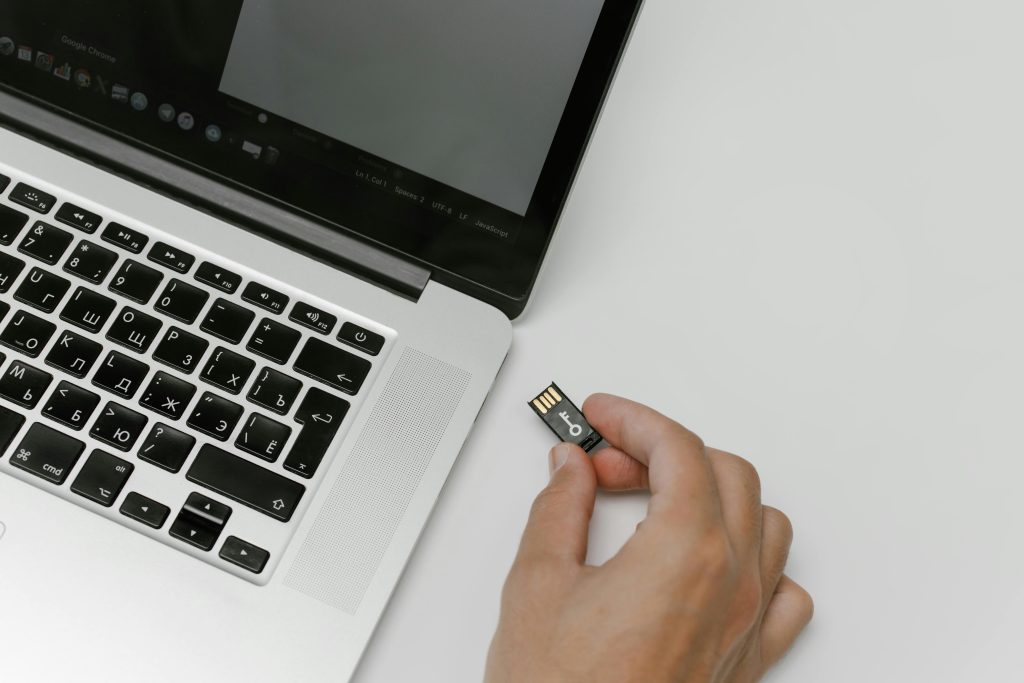Evaluating the Impact of Card Reader Quality on Data Recovery Success
When it comes to retrieving lost or corrupted data from memory cards, many users encounter a common question: does investing in a high-end, professional-grade card reader significantly improve recovery outcomes?
This inquiry is especially relevant for those who work with critical data or who frequently recover files from various media devices. In this article, we explore whether the quality of a card reader truly influences recovery success and what factors should be considered when selecting the right hardware for data retrieval.
The Role of Card Readers in Data Recovery
Memory card readers serve as the bridge between storage devices and a computer. They handle the transfer of data during recovery processes, often involving sophisticated software tools like R-Studio, PhotoRec, or Disk Drill. While these software solutions perform the heavy lifting in data reconstruction, the hardware used for connection can also play a role in the overall success.
Does a Higher-Quality Card Reader Make a Difference?
Speed and Reliability:
High-end card readers often feature faster data transfer rates, which can reduce recovery time—particularly beneficial when working with large files or multiple cards. They may also offer more stable connections, reducing the likelihood of disconnection or read errors during recovery sessions.
Compatibility and Recognition:
Professional-grade readers tend to support a broader range of card formats and newer standards, ensuring better detection of various card types. This can be crucial when dealing with older or less common memory cards that might not be recognized by cheaper, generic readers.
Condition and Build Quality:
Higher-quality card readers often have more durable connectors and construction, minimizing wear and tear that can lead to faulty readings. Reliable hardware reduces the risk of causing damage to the card or corrupting data further.
Limitations and Expectations
It’s important to recognize that while a high-end card reader can improve certain aspects of the recovery process, it does not guarantee the retrieval of all data. If a card is severely damaged or corrupted, the primary factor influencing recovery success remains the condition of the storage medium itself and the capabilities of the recovery software.
For instance, if a card is physically damaged or contains irreparable data corruption, even the most advanced reader may not be able to access the data. Similarly, some data recovery challenges are software-related, and hardware upgrades alone cannot overcome those hurdles.
Practical Considerations
- Testing and Compatibility:
Before investing in a professional-grade reader, verify that it supports your specific card types and speeds.
–
Share this content:



